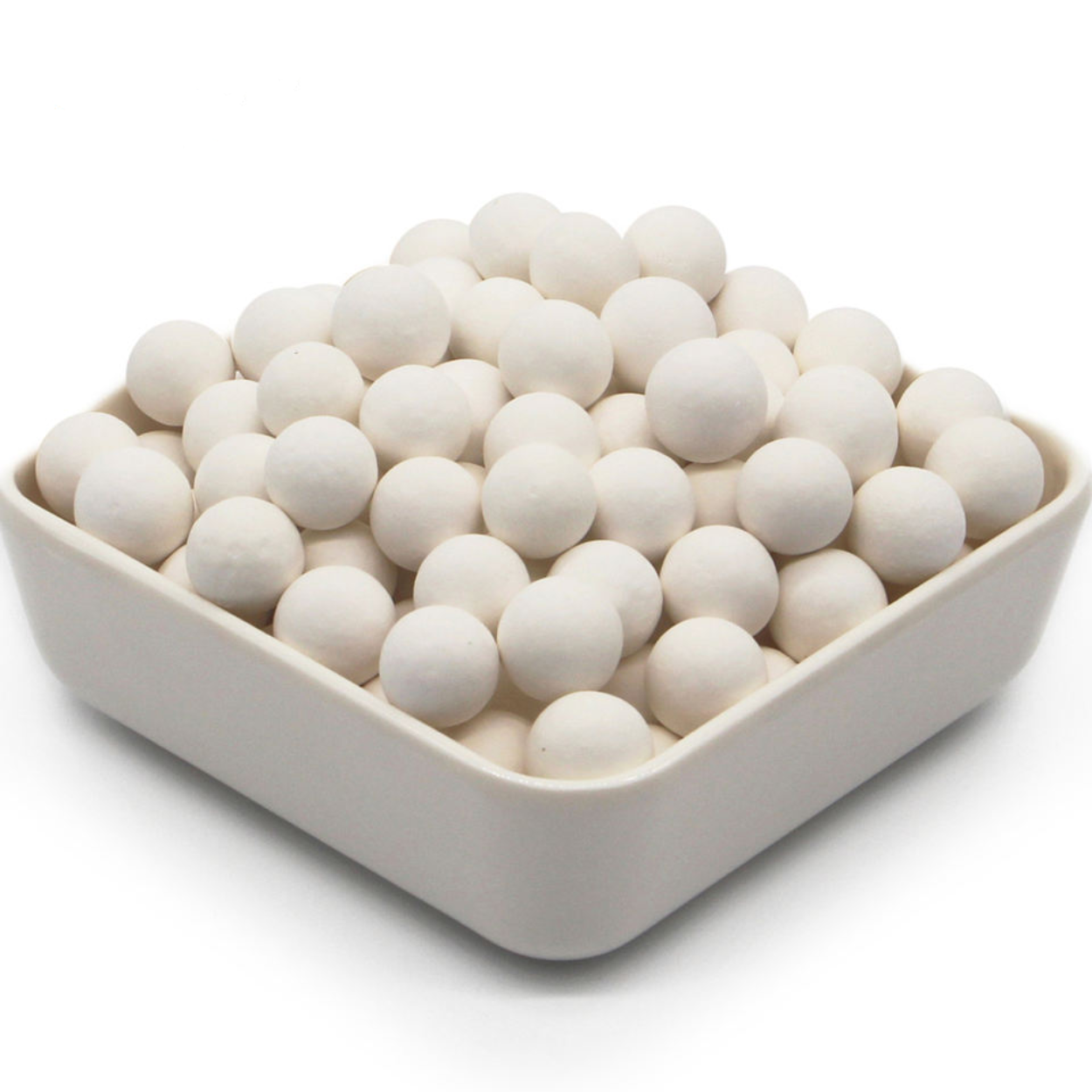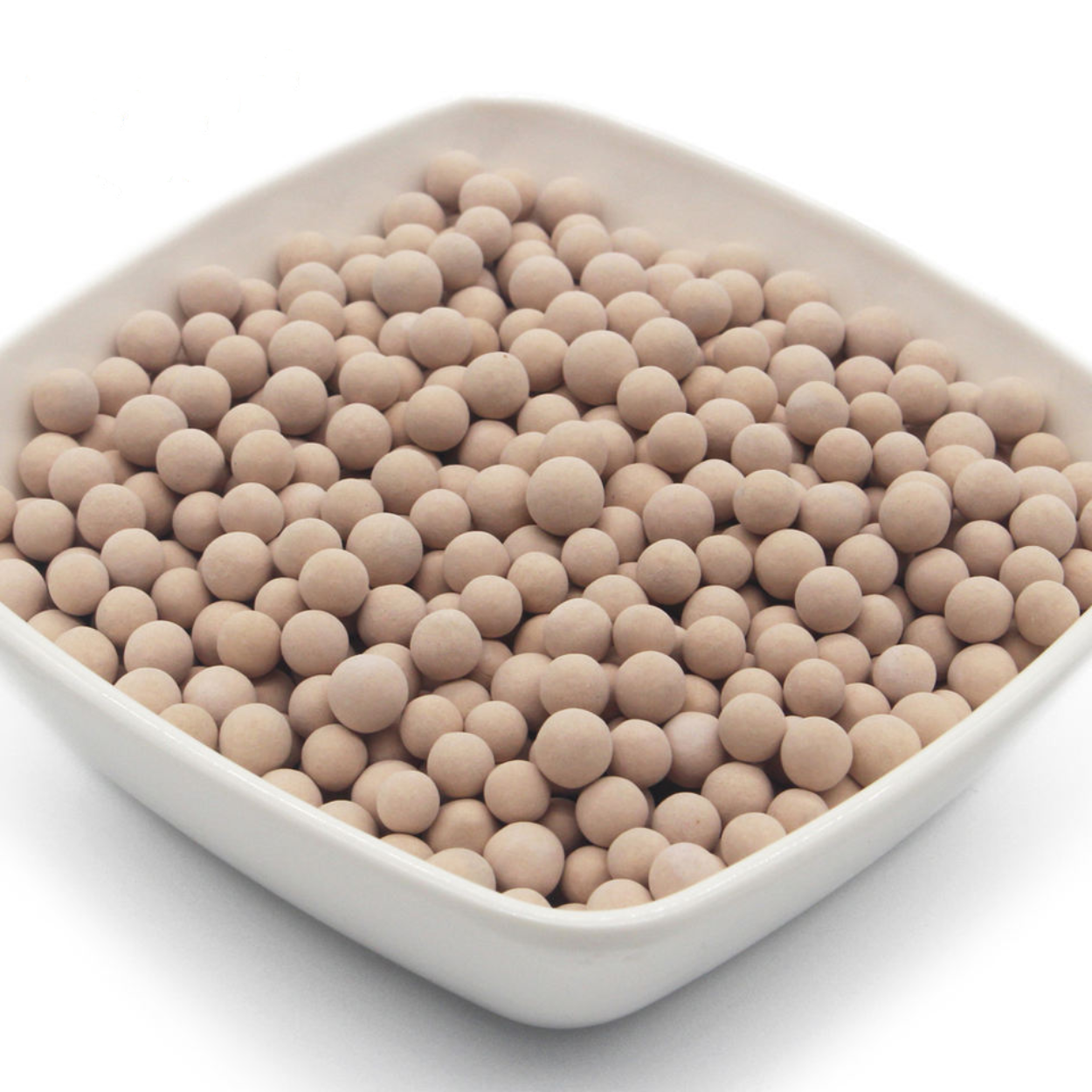
Manufacturer 4A vs 3A Molecular Sieves in LNG Dehydration
LNG dehydration mainly uses 4A molecular sieves for water and hydrocarbon removal, while 3A suits cases needing zero hydrocarbon adsorption.
Zinc-rich and tin-rich polyurethane coatings are widely used in heavy-duty metal protection due to their excellent anti-corrosion properties. However, they often suffer from a serious storage issue: hydrogen gas generation. This is caused by trace moisture reacting with active metals like Zn and Sn, resulting in pressurization, bulging, or even explosion risks. Traditional solutions have proven either ineffective or unsustainable.
Molecular sieve activated powder now offers a root-cause solution. This article explains the chemistry behind the issue, how molecular sieve powder works, and how to apply it effectively—with proven case studies and data.
Zinc-rich PU coatings contain 60–80% Zn powder by weight; tin-rich systems contain 30–50% Sn.
These metals react with water:
Zn + 2H₂O → Zn(OH)₂ + H₂↑
Sn + 2H₂O → SnO₂ + 2H₂↑
Just 1 kg of zinc powder can produce up to 340L of hydrogen—a dangerous amount in sealed containers.
Can bulging: 23% of zinc-rich coatings show deformation after 3 months.
Coating performance loss: Porosity from gas bubbles can reduce anti-corrosion performance by 30–40%.
Safety risks: Explosive hydrogen buildup in sealed packaging.
Application issues: Gassing causes splashing during opening, affecting safety and efficiency.
Traditional solutions (e.g., chromate inhibitors or vented packaging) come with high costs or environmental concerns.
| Feature | Molecular Sieve Powder | Chromate Inhibitor | Vented Packaging | Desiccant Packets |
|---|---|---|---|---|
| Mechanism | Physical moisture adsorption | Chemical passivation | Pressure release | Limited drying |
| Water reduction | ≤0.1% | N/A | None | ~0.5% |
| Environmental | Non-toxic | Carcinogenic Cr(VI) | Plastic waste | Moderate |
| Cost-effectiveness | Lowest over time | Hazardous waste cost | High | Frequent replacement |
| Coating performance | Improves density | May reduce conductivity | No effect | No effect |
Adding just 3–5% 4A powder can reduce hydrogen generation by over 98%, extending storage up to 12 months with no bulging.
Sienchem’s modified powder combines high water capacity (≥24%) with excellent PU system compatibility.
4A Molecular Sieve Powder: Best for Zn >70%; also adsorbs CO₂ and H₂S.
Modified 3A Powder: For high-viscosity pastes; selective to H₂O only.
3A/4A Blends: For complex multi-metal formulations.
Particle size: 2–6 μm
Bulk density: ≥0.43 g/mL
pH: 9–11 (PU-compatible)
Moisture content: ≤2.0%
Example: For 1,000 kg PU with 0.5% moisture, targeting 0.1%, and 24% adsorption rate:(0.5-0.1)×1000×10/24 = ~16.7 kg (≈1.67%)
Stepwise mixing for best dispersion:
Pre-disperse with 20–30% polyol, high shear (2000–3000 rpm, 15–20 min)
Add to main mix (500–800 rpm, 30 min)
Final grind via sand or three-roll mill
Recommended storage:
<25°C, <60% RH, in foil or nitrogen-sealed packaging
Rotate drums monthly to avoid settling
| Test Item | Without Sieve | With Sieve | Change |
|---|---|---|---|
| H₂ generation (30d) | 12 mL/g | 0.25 mL/g | ↓98% |
| Bulging-free storage | 6 months | 18 months | +200% |
| Salt spray resistance | 800 h | 1500 h | +88% |
| Adhesion | 4.5 MPa | 6.2 MPa | +38% |
| Electrical resistivity | 1.2×10³ Ω·cm | 0.8×10³ Ω·cm | ↓33% |
| Viscosity (KU) | 85 | 82 | Stable |
Q1: Does it affect conductivity?
No. At <5% loading, resistivity changes <5%. Reduced porosity can even improve continuity.
Q2: How to tell if the sieve is exhausted?
Weight loss >5% after drying at 120°C = replace
Visual: clumping or discoloration
Performance: H₂ increases by >30% = add more powder
Q3: How to avoid viscosity spikes?
Use smaller particles (2–4 μm)
Pre-activate in PGDA or similar
Add dispersant (e.g., BYK-110)
Use zirconia beads to avoid heat in milling
Q4: Compatibility with other additives?
Avoid strong acid dispersants
Can shorten pot life with silanes
Reduces need for defoamers by 30–50%
Synergistic with corrosion inhibitors

LNG dehydration mainly uses 4A molecular sieves for water and hydrocarbon removal, while 3A suits cases needing zero hydrocarbon adsorption.

Achieve ultra-deep dehydration of cracked gas with 3A molecular sieves—remove water without ethylene/propylene loss, ensuring catalyst life and product purity.

Home Desiccant Activated Alumina for air compressor drying gas purification wholesale Email WhatsApp Product Inroduction: Desiccant Activated Alumina for air

Home Adsorbent Zeolite 13x Molecular Sieve for Removing Odor From LPG in air Freshener Plant Email WhatsApp Product Inroduction: Adsorbent Zeolite
As a leading molecular sieve manufacturer, we share the latest industry news and insights on adsorbents like molecular sieves, sieve powder, and activated alumina.

Achieve ultra-deep dehydration of cracked gas with 3A molecular sieves—remove water without ethylene/propylene loss, ensuring catalyst life and product purity.

Compare 3A and 4A molecular sieves for industrial gas drying. Learn their differences, ideal uses, and how to choose the best solution for your application.

Discover how 3A molecular sieves deliver high-purity solvent dehydration for pharmaceutical manufacturing with unmatched efficiency and cost-effectiveness.